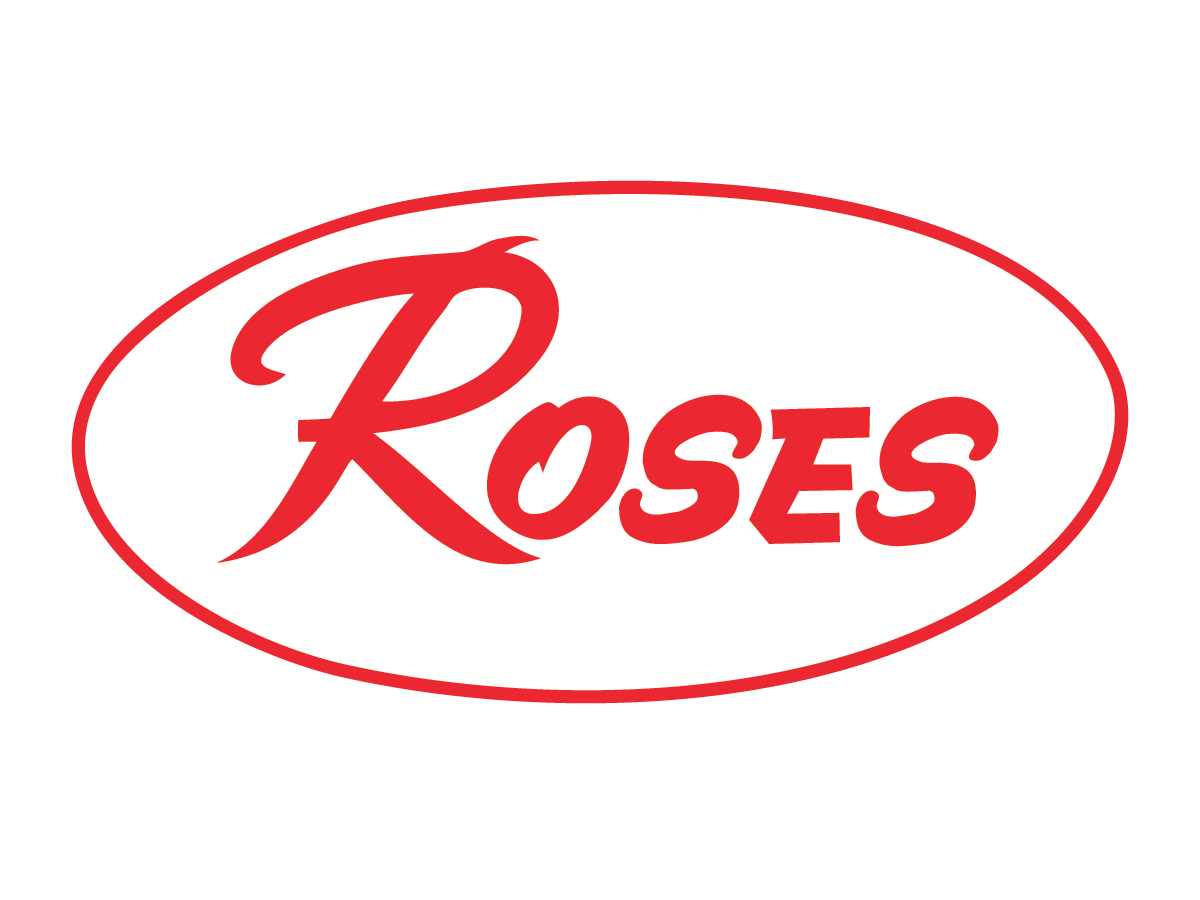
Bridging the Online-to-Offline Attribution Gap
Roses Discount Stores overcame the challenge of attributing offline sales to online marketing campaigns without traditional tracking mechanisms. Through innovative footfall tracking implementation, the retailer was able to demonstrate significant campaign-driven visitor increases, leading to impressive revenue growth and more strategic marketing budget allocations.

The Attribution Challenge
Like many traditional retailers, Roses Discount Stores faced a significant marketing measurement challenge: how to attribute in-store sales to their digital marketing efforts accurately. Without an e-commerce platform or a trackable point-of-sale system that could connect online interactions to in-store purchases, marketing effectiveness remained difficult to quantify.
This attribution gap created obstacles for the marketing team when justifying campaign spending and optimizing channel strategy. The challenge was particularly acute for a discount retailer like Roses, where the customer journey typically begins online but concludes with an in-store purchase - leaving a critical measurement blind spot between digital touchpoints and register transactions.

The Challenge
To bridge the digital-to-physical gap, Roses implemented a comprehensive footfall tracking system across all store locations. This technology enabled the retailer to measure actual store visits and connect them to exposure to digital marketing campaigns.
- Demonstrate capaign-driven visitor lift with accurate measurement
- Identif seasonal trends in store traffic patterns
- Balance offline and online performance metrics
- Provide data-driven justification for marketing investments

ROI Calculation Methodology
One of the key innovations in Roses' approach was developing a straightforward yet effective ROI calculation methodology. By multiplying the number of attributed store visits by the average transaction value, the marketing team could estimate the revenue impact of their digital campaigns.
Attributed Store Visits
Measured through footfall traffic
Average Transaction Value
Calculacted from POS data
Estimated Campaign Revenue
Demonstratable marketing ROI
Campaign Execution
Using the "Your Roses, Your Way" branding platform, Walk West developed multi-channel campaigns designed to drive awareness and store visits. Digital tactics included targeted display advertising, social media campaigns, and location-based mobile promotions focusing on value messaging and seasonal offerings.
Each campaign was structured to allow for footfall attribution tracking, with control and exposed audience segments created to measure the incremental lift generated by campaign exposure. This methodical approach allowed the marketing team to isolate the impact of their digital efforts on actual store visits and subsequent purchases.

Impressive Results
Visitation Increase
Higher store visits among audiences exposed to campaign messaging compared to control groups
CPV Reduction
Decline in cost per visit since campaign implementation began
Attributed Visits
Store vists directly attriuted to campaign exposure
Beyond these metrics, Roses also experienced a significant year-over-year increase in overall store transactions and revenue, demonstrating that the increased foot traffic was successfully converting to sales. This comprehensive performance picture provided previously unavailable clarity on marketing ROI.
The Key Takeaways and Business Impact
Strategic Budget Allocation
The footfall tracking insights significantly influenced channel and tactic allocations in Roses' new fiscal year planning. With concrete data showing which platforms and messages most effectively drove store visits, the marketing team could optimize spending across channels for maximum impact.
Budget Increase
Based on the demonstrated success of the campaigns, Roses secured an incremental budget increase for digital marketing initiatives. This represented a significant win for the marketing department, as they could now clearly connect digital spending to in-store results.
The newfound ability to attribute store traffic to specific marketing efforts also enabled more agile campaign optimization, allowing the team to adjust tactics mid-campaign based on early footfall indicators rather than waiting for complete sales data.
Attribution Barriers Can Be Overcome
Even without direct e-commerce or sophisticated POS tracking, retailers can establish meaningful attribution systems that connect digital efforts to physical outcomes.
Incremental Measurement Matters
Comparing exposed vs. control audiences provides a more accurate picture of campaign impact than total traffic alone.
Simple ROI Models Can Be Effective
The straightforward multiplication model proved sufficient for demonstrating value and securing additional marketing investment.
Conclusion
Looking forward, Roses plans to further refine their attribution model by incorporating additional data points and potentially implementing more granular tracking to connect specific campaign elements to in-store behaviors.